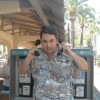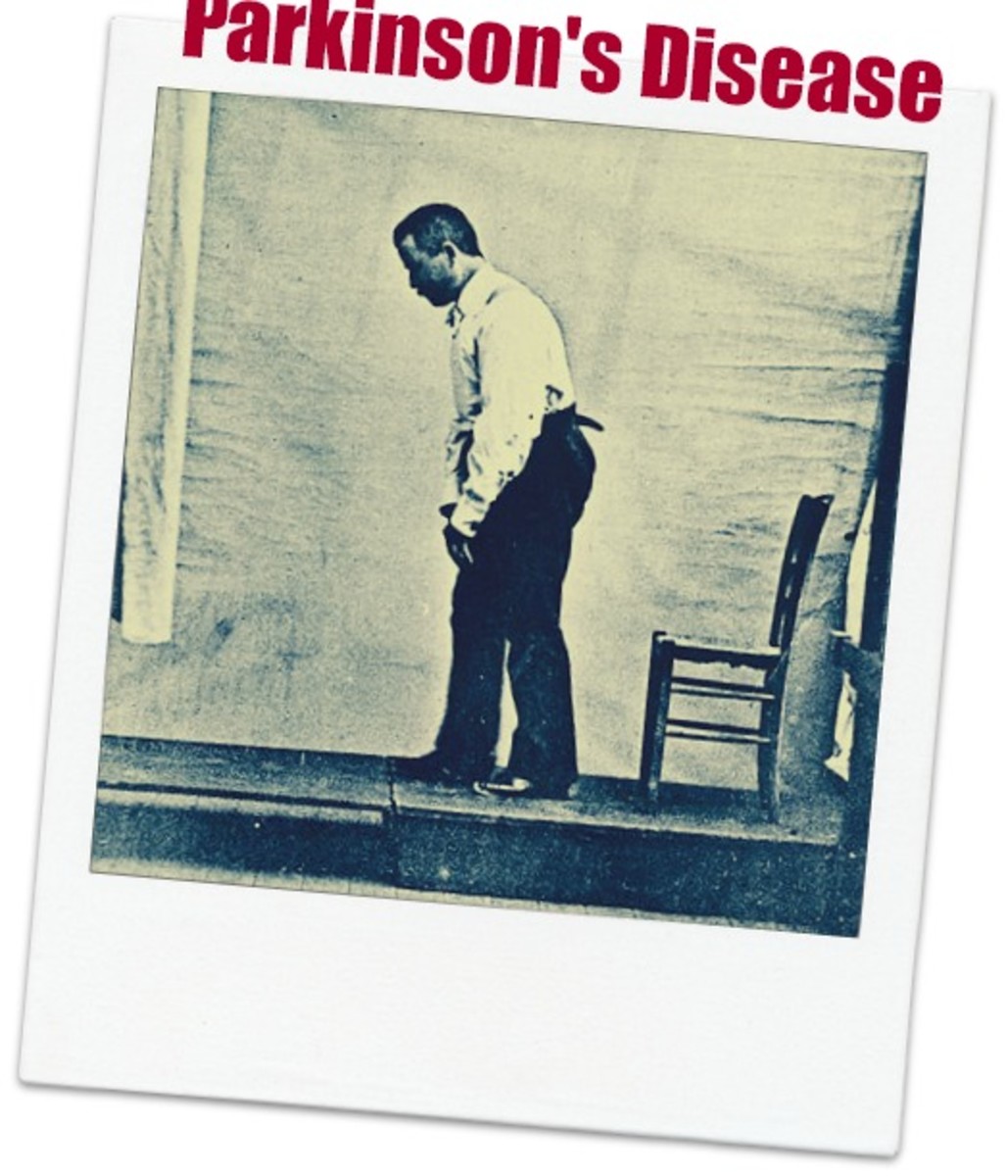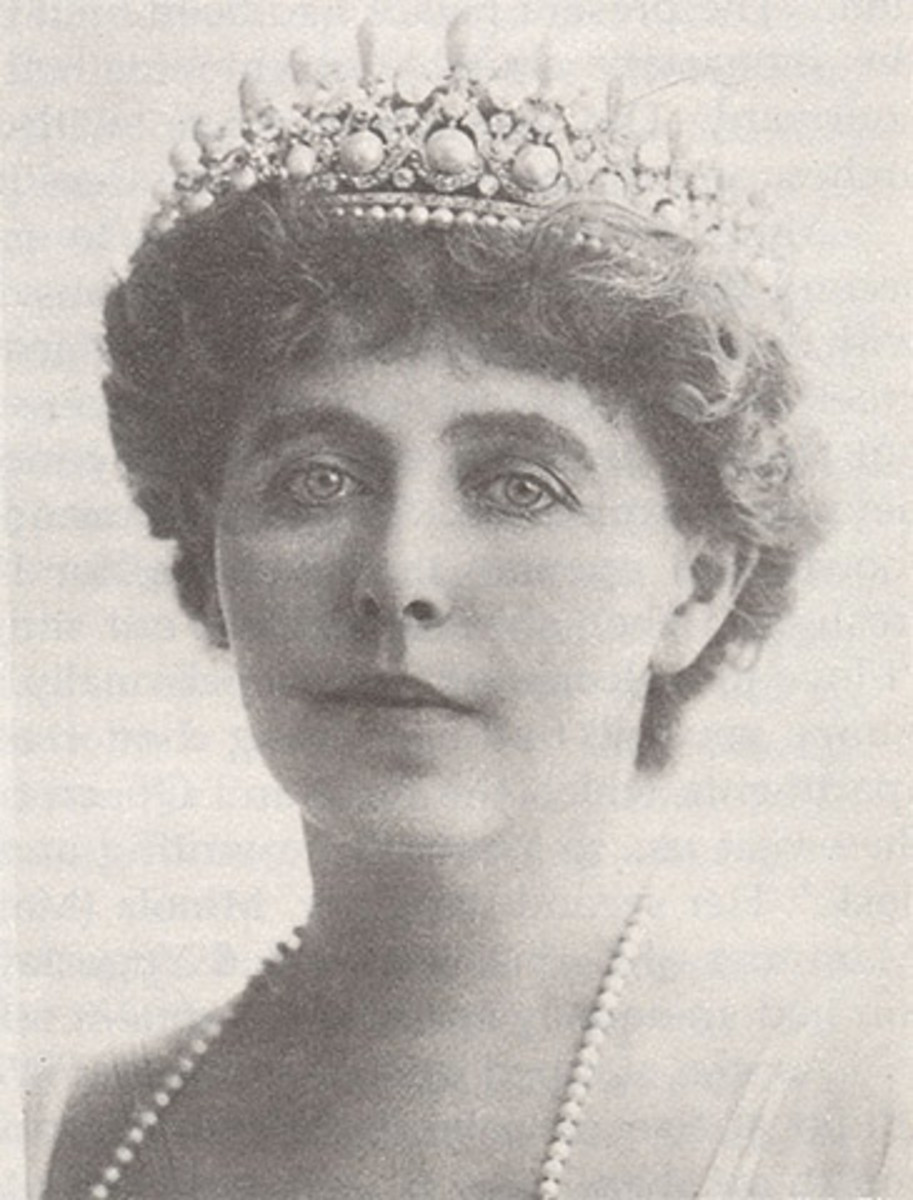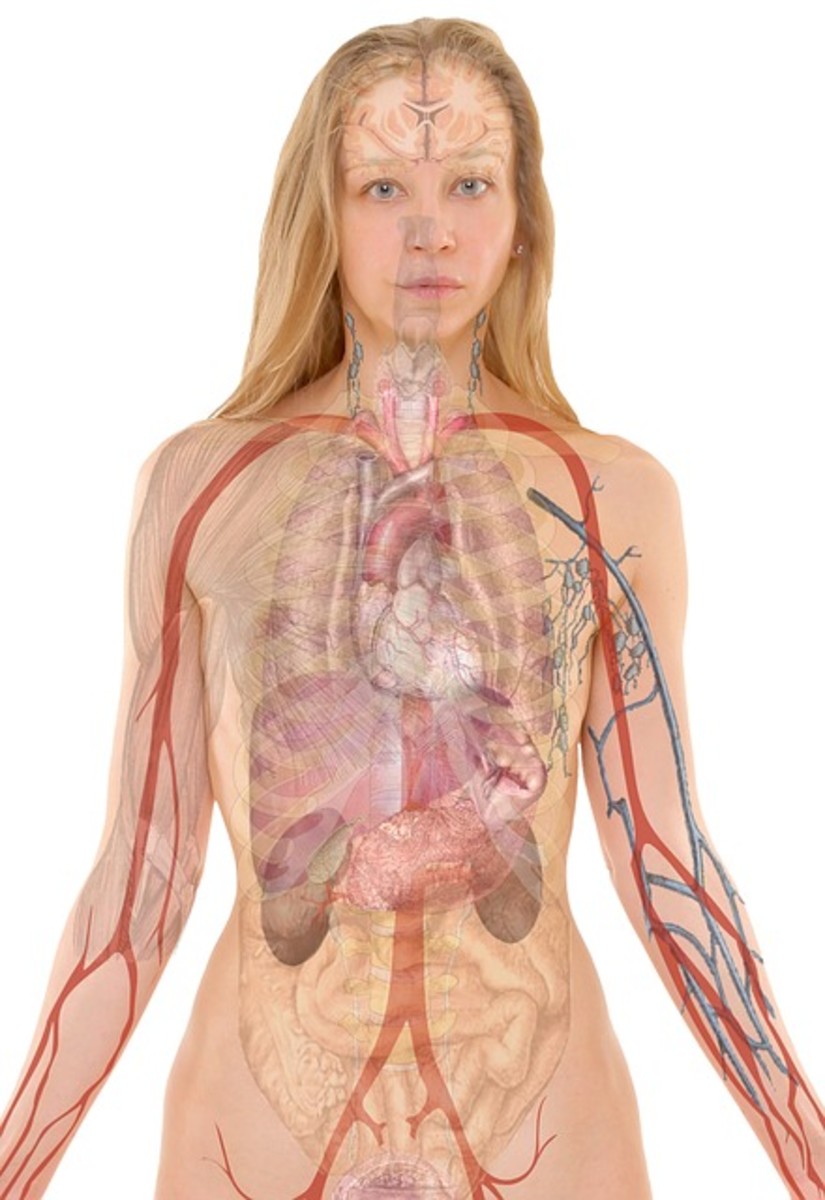10 Practice NCLEX Cardio Questions with Rationales
Hello I’m Nick the Nurse. As a nursing instructor and certified nurse educator I adamantly believe that one of the best ways to study for the NCLEX and for nursing school exams is to do plenty of practice questions. Not only is it important to understand why you got the correct answer right, but it’s also important to understand why you might have gotten certain answer choices wrong. Being able to dissect the question is important. For that reason, I put together this series of 10 free cardiovascular questions that will help you or other nursing students pass their nursing school examinations and hopefully the NCLEX. Disclaimer: nothing contained herein is to be construed as nursing, medical, or legal advice. Should you require nursing, medical, or legal advice you should consult a licensed professional in your jurisdiction. Rationales follow after the questions.
1. The house supervisor floats you to the ICU, where you will be assisting the physician with a cardioversion on Mr. Jimenez. Anticipating successful cardioversion in Mr. Jimenez, you would expect to see: (SELECT ALL THAT APPLY)
A. Return to sinus rhythm
B. Stronger peripheral pulses
C. The patient is slightly groggy from the sedation but alert and oriented
D. Blood pressure of 120/78
2. Your patient, C. Morris, is admitted to the telemetry floor. You just received report from the off-going night shift nurse who didn’t tell you that the patient had an implanted cardioverter defibrillator, and you find out that he has one while you are watching the telemetry monitor wondering what the heck just happened on the screen (the defibrillator just went off and shocked the patient back out of Ventricular Tachycardia). Being the astute nurse that you are, you realize that the patient with an implanted defibrillator should be taught:
A. To take the pulse every week to ensure it is working properly
B. That they probably won’t feel when the defibrillator discharges
C. To keep a diary of when the defibrillator discharges
D. That it is okay to be in areas with strong magnetic fields, such as MRI exam rooms
3. Your patient Mrs. Norris has been admitted to the medical surgical unit for observation as a result of having chest pain last night in the ER. She asks you what the risk factors are for coronary artery disease because she says that it runs in her family. Knowing that coronary artery disease is the number one killer of Americans, you make sure that you talk to her about the differences between modifiable and nonmodifiable risk factors. Which of the following is a nonmodifiable risk factor for coronary artery disease?
A. smoking
B. hyperlipidemia
C. advanced age
D. daily exercise
4. Your patient Mr. Sturgis has it been admitted to the rapid observation unit with a diagnosis of angina pectoris. He asks you about the different types of angina, specifically he asks you about the type of angina that he has, which generally occurs with stress or exertion. Because you paid attention in your nursing school class on angina, you know that Mr. Sturgis is most likely suffering from which type of angina?
A. Stable angina
B. Unstable angina
C. Variant angina
D. Prinzmetal’s angina
5. Your patient Mrs. Jones presents to the emergency department complaining of chest pain. Which of the following would you expect to see if Mrs. Jones was determined by the physician to be suffering from a heart attack or myocardial infarction? SELECT ALL THAT APPLY
A. Elevated cardiac enzymes
B. Elevated white blood cell count
C. Elevated ST segment on the patient’s EKG
D. Absence of a Q wave on the EKG
6. Patient Mrs. Deville, a retired attorney, has been admitted to the telemetry unit for heart failure exacerbation. The well versed in the law, Mrs. Deville has a lot of questions when it comes to heart failure. She asked you what the differences between right side of heart failure and left-sided heart failure. You tell her that in right-sided heart failure, she might expect to see the following signs or symptoms except:
A. Pitting edema
B. Distended neck veins
C. Presence of rales or crackles on auscultation
D. Ascites
7. Your patient Mr. Goldberg, a licensed pharmacist, has been admitted dear floor with endocarditis. Mr. Goldberg knows a lot about medications, endocarditis is a new diagnosis for him and he suffers from knowledge deficit. When formulating your care plan for Mr. Goldberg, what kinds of nursing interventions might you expect to include in your care plan for him? SELECT ALL THAT APPLY
A. Assess nail beds for splinter hemorrhages
B. Assess the patient for Osler’s notes
C. Assess the patient for Janeway’s lesions
D. Administer antibiotics, as ordered
E. Administer nitroglycerin, as ordered
F. Encourage the patient to not brush their teeth
8. Your preparing to discharge your patient Mrs. Cummings when you come in to her room and see her exhibiting a particular set of signs and symptoms. You automatically think cardiac tamponade. Which of the following signs and symptoms might you uncover during your patient assessment if the patient has cardiac tamponade?
A. Decreased central venous pressure
B. Jugular venous distention
C. Muffled heart sounds
D. Pulses paradoxus
9. Your patient Mr. Milo has just been diagnosed with angina pectoris. Which of the following would you expect to see in your patient suffering from angina pectoris versus if they have a myocardial infarction?
A. Chest pain relieved by nitroglycerin
B. Elevated cardiac enzymes
C. Abnormal Q wave
D. Pain lasting longer than an hour
10. Your patient Mr. Casey is believed to be suffering from an aortic aneurysm. After the tech wheels the patient down for a CAT scan, you look in your nursing book to refresh yourself on what some of the expected nursing interventions would be for a patient with an aortic aneurysm. Your research shows you that a patient with an aortic aneurysm should have which of the following nursing interventions:
A. Provide antihypertensive medication, as ordered, to keep the patient’s blood pressure low enough to prevent rupture
B. Provide for a cool environment
C. If it’s an abdominal aortic aneurysm, palpate the area to determine the aneurysm’s pulse
D. Prepare for surgery as indicated by the physician if the patient’s aneurysm decreases in size
Answers with Rationales
1. Correct Answer: A, B, C, D. In this select all that apply question (which is an alternative format question frequently seen on the NCLEX and in nursing school exams), all of the answer choices are correct. The goal of cardioversion is to restore the patient to a normal sinus rhythm. Though not always successful, this typically elective procedure can result in a return to a normal snus rhythm, stronger peripheral pulses, and a normal blood pressure. The patient will also receive sedation during the procedure, and may be slightly groggy but should be relatively alert if not over-medicated.
2. Correct Answer: C. Answer choice a is incorrect because the patient should be instructed to check his pulse every day, not every week. Answer choice B is incorrect, because the patient may report symptoms of weakness blackouts or nausea during discharge of the defibrillator. Answer choice D is incorrect because the patient should be encouraged to stay away from areas or objects with strong magnetic fields as these make cause the device to malfunction. Answer choice C is correct, because the patient should be instructed to keep a diary of when the defibrillator discharges. This serves two purposes: first it will let the physician know if the patient feels when the defibrillator is being discharged, and it also will allow the physician and the interdisciplinary team to determine if there are any precipitating factors which cause the defibrillator to discharge.
3. Correct Answer: C. Understanding the differences between modifiable and nonmodifiable risk factors for coronary artery disease is important not only for nursing school exams and on the NCLEX, but also in a nurse’s clinical practice. For that reason it’s important to know and be able to distinguish between the two. Answer choice a smoking is a modifiable risk factor. Although many people who are smokers will argue that it’s difficult to stop smoking or maybe that it’s not even their choice, smoking is certainly a modifiable risk factor because it can be changed. For answer choice B, hyperlipidemia has been shown to be hereditary, however the amount of lipids in a patient blood can be significantly reduced through diet and exercise, as well as taking medication such as statins. Answer choice D daily exercise, is certainly a modifiable risk factor for those who are physically able to exercise. Those patients who have their physician’s approval should be encouraged to exercise in order to reduce the risk factors for coronary artery disease. The only answer choice in the list of is nonmodifiable, his answer choice C. Advanced age is not something that a patient can do something about, unless they find the fountain of youth. Patients get older, and as they get older their risk for developing coronary artery disease increases. Other nonmodifiable risk factors include gender and race.
4. Correct Answer: A. Answer choice B, unstable angina, is incorrect as unstable angina can be unpredictable. Answer choice C, variant angina, may occur rest and doesn’t only occur with exertion. Answer choice D, Prinzmetal’s angina, is just another fancy way of saying variant angina and that is why it is the incorrect answer. Answer choice A, stable angina, is the correct answer because with stable angina the patient will generally suffer from chest pain with stress or exertion. The differences between stable, unstable, and variant angina should be realized and remembered for students to do well on their nursing school exams because it is a frequently tested concept.
5. Correct Answer: A, B, C. In this particular question answer choices A, B, and C are all correct. Elevated cardiac enzymes such as CK-MB, troponin, and LDH are often seen following a myocardial infarction. The patient might also suffer from an elevated white blood cell count duty information. Additionally the patient may suffer from an ST segment elevation on the EKG. Answer choice D, however, is incorrect. The reason that answer choice D is incorrect is because usually with myocardial infarction, there will be an abnormal Q wave which will remain on the patient’s EKG indefinitely as a sign of their heart attack.
6. Correct Answer: C. Understanding the difference between right-sided heart failure and left-sided heart failure is imperative if a nursing student wants to do well on their nursing school exams, on the NCLEX, and in their clinical nursing practice. Knowing the signs and symptoms of the two different types of heart failure is the beginning of understanding these concepts. In this question, answer choices A, B, and D are all signs and symptoms of right-sided heart failure. Answer choice C, presence of rails or crackles on auscultation, is definitely a sign or symptom of left-sided heart failure, which is more associated with the lungs.
7. Correct Answer: A, B, C, D. Endocarditis is a frequently tested disorder on nursing school exams and possibly on the NCLEX. In order to get maximum point value on this question is important to know what the nursing interventions are for patient who has endocarditis. Answer choice a is correct is it talks about the need to assess the patient’s nail beds for splinter hemorrhages. Answer choice B is correct as it talks about the need to assess the patient for Ostler’s notes, which can occur on the fingers and toes. Answer choice he is also correct as the patient should be assessed for Janeway’s lesions, which can occur on the toes the earlobes or the nose. The patient who has endocarditis might’ve developed as a result of a bacterial infection. In fact, many patients develop endocarditis as a result of bacterial infections following dental procedures or from street drug users sharing drug needles. Accordingly, antibiotics are given to combat any bacterial infection, I might even be given prophylactically in at risk individuals. For answer choice E, nitroglycerin is not always given in endocarditis so that answer is incorrect. For reasons talked about previously, the patient needs to be careful not to contract any bacterial infections through their teeth or gums which is why answer choice F is incorrect unless contraindicated by the physician.
8. Correct Answer: A. Cardiac tanponade can be a life-threatening condition that must be assessed and treated immediately. In order to treat cardiac tamponade, must first be discovered and that is why knowing the signs and symptoms that present with cardiac tamponade are so important. Answer choice B jugular venous distention is a classic sign of cardiac tamponade as are answer choice C muffled heart sounds and answer choice D pulses paradoxus. Answer choice A, decreased central venous pressure, is incorrect. The patient who has cardiac tamponade most likely would show increased central venous pressure. I would frequently test my students on knowing the signs and symptoms of cardiac tamponade. This is an important concept that should not be missed.
9. Correct Answer: B. Understanding the difference between angina pectoris and myocardial infarction is very important on nursing school exams and probably on the NCLEX. In myocardial infarction, the patient might suffer from elevated cardiac enzymes, abnormal Q wave, and pain lasting for much longer than it would if the patient had angina pectoris. One of the key differences between angina pectoris and myocardial infarction is that in angina pectoris the chest pain is generally relieved nitroglycerin, whereas in myocardial infarction it might not be.
10. Correct Answer: A. Answer choice B, providing for a cool environment, is incorrect. Providing for a cool environment can cause vasoconstriction which may lead to increased blood pressure, which we want to avoid in the patient who has an aneurysm. Answer choice C is incorrect, as the nurse should never palpate the aneurysm as it might accidentally rupture it. Answer choice D is incorrect as well, as surgeons will generally operate on aneurysms is the increase in size as they have a greater chance of rupture. Answer choice A is correct because the most important role for the nurse is to ensure that the patient’s blood pressure does not increase. One of the best ways to do this is to ensure that the patient is properly medicated, as ordered, with antihypertensive medication.









